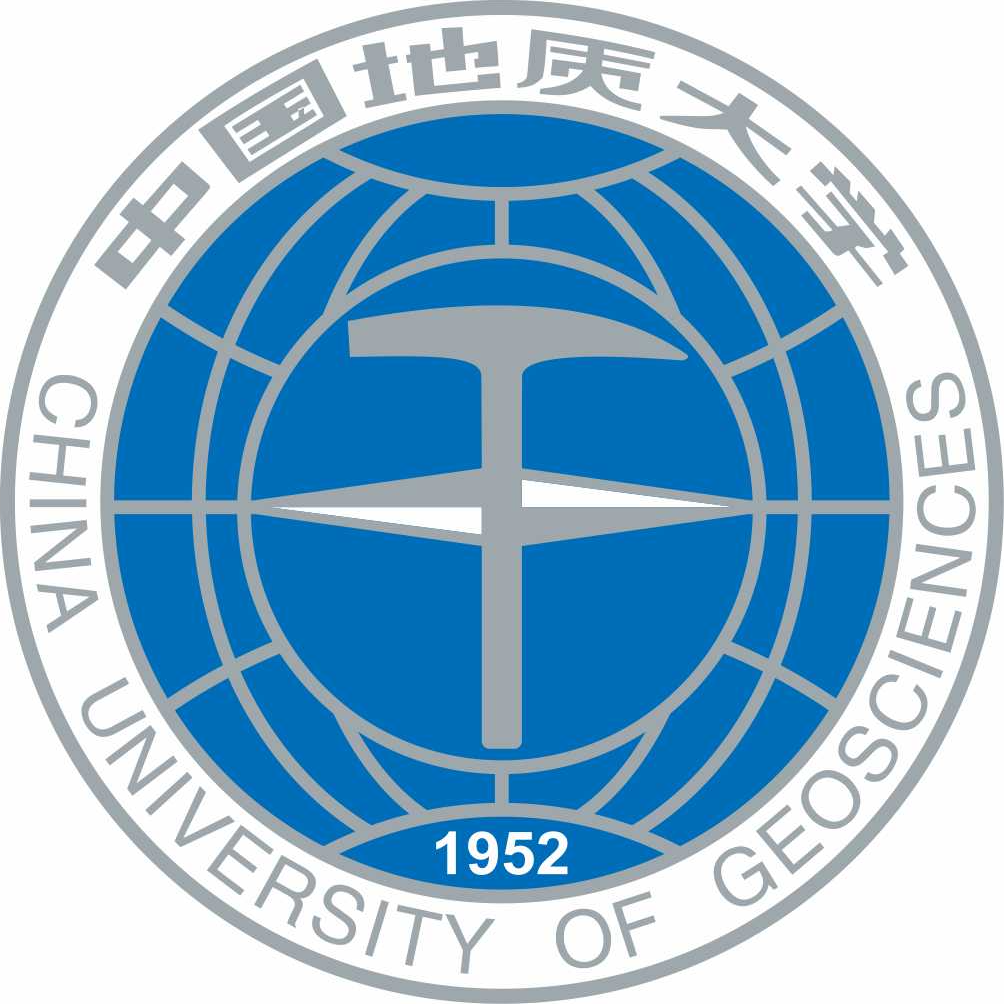利用离子浓差极化辅助的光催化反应器用于高效水净化
Ion-concentration-polarization-assisted photocatalytic reactor for highly efficient water purification
Cong Wang (王聪)a, Joa Jeonb, Eunseok Seob, Jungyul Parkb
aSchool of Mechanical Engineering and Electronic Information, China University of Geosciences, 388 Lumo Road, Wuhan 430074, China / 机械与电子信息学院,中国地质大学(武汉)
bDepartment of Mechanical Engineering, Sogang University, 35 Baekbeom-ro (Sinsu-dong), Mapo-gu, Seoul 04107, Republic of Korea / 机械工程学院,韩国西江大学
摘要 / Abstract
光催化利用太阳能将水污染物电化学分解为无害产物用于解决严重的环境问题,此技术已经引起了广泛的关注。使用外部电场可以抑制了由于光激发产生的电子空穴对的再复合,从而达到增强光催化反应的效果。然而,典型的线性偏置电位会在光催化剂薄膜上引起较小的电势降,这使得光催化反应效率有局限。 这里我们提出了一种利用离子浓度极化进行辅助的光催化反应器,该反应器可以在系统的微通道中产生非线性电场,在与线性电场相比较时,反应速率提高了85.5%,并且反应速率常数高达12.7 min−1。由离子浓差极化引起的非线性电场,即纳米流体电动效应,导致光催化剂层上的电势降显著增加,从而可以有效地防止光激发产生的电子空穴对的再复合。而且,该研究也通过降解塑料薄膜证实了光催化反应的增强效果。这种反应增强机制展示了纳米流体在提高光催化反应效率方面的全新应用,并且由于该反应平台的构筑方案和制造工艺简单,有望被应用于新一代光催化反应器。
Photocatalysis, which utilizes solar energy to electrochemically decompose water pollutants into harmless products, has attracted considerable attention to address serious environmental issues. The photocatalytic effect can be enhanced using an external electric field owing to the inhibition of the recombination of photoexcited electrons and holes. However, the typical linear potential bias that induces a small potential drop across a thin photocatalyst film exhibits a limited photocatalytic reaction. Herein, we propose an ion-concentration-polarization-assisted photocatalytic reactor that generates a nonlinear electric field across the microchannel of this system, which enables an 85.5% increase in the reaction rate compared to that achieved using a linear potential, and a high reaction rate constant up to 12.7 min−1 is achieved. The nonlinear electric field induced by concentration polarization, the nanofluidic electrokinetic phenomenon, results in a considerably increased potential drop across the photocatalyst layer such that the recombination of photoexcited electrons and holes may be efficiently prevented. The facilitated photocatalytic reaction is verified with the plastic film degradation. This proposed enhancing mechanism shows a novel application of nanofluidics for improving the photocatalytic effect, and the potential to be a new class of platform for a photocatalytic reactor owing to its simple configuration and fabrication procedures.
链接 / Link
https://pubs.rsc.org/en/content/articlelanding/2022/LC/D2LC00140C

